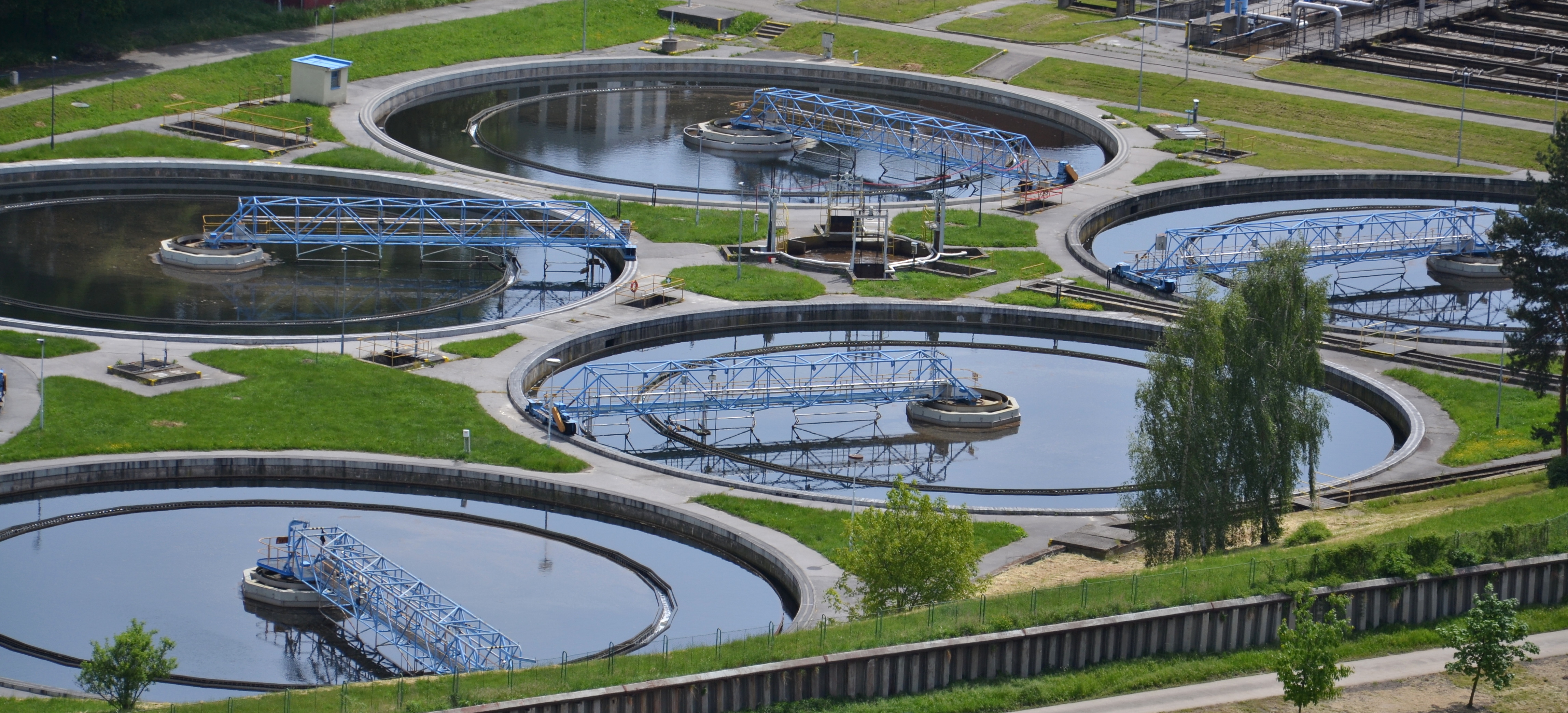How will we turn the tide for Texas' water?
This is Part Two of a two-part series on "One Water." Part One looked at the water problems that Texas faces. Part Two examines solutions to these problems.

We framed up the water problem in part one of this two-part series. We established that water is the connective tissue that stitches together nearly every facet of modern life; and that being clear-eyed about the problem is an important first step. But the truth is, it touches down differently depending on where you live.
Solving big on water means finding solutions that scale across our communities and around the globe. And it’s time to get creative about how we solve each other’s problems.
We’re doing that work in Texas, with four scalable water solutions being implemented statewide:
- creating water funds,
- institutionalizing funding for water supply strategies,
- creating a statewide flood recovery fund, and
- exploring water markets as a path to reallocating water for changing needs.
Water funds are a strategy that unites all sectors of society around a common goal: securing water supplies by protecting natural systems. They’re funded by the users who rely most on the water those natural ecosystems supply—most often the businesses and water consumers in nearby cities. Water funds are predicated on the idea that it’s less expensive to prevent water problems at the source than it is to address them downstream.
Since 1990, Central Texans have repeatedly authorized nearly $1 billion to fund some of the oldest and largest water funds around, protecting water in the Edwards Aquifer Recharge Zone, which stretches across 12 counties and provides drinking water to millions of residents in Central Texas cities like San Antonio, Austin, and San Marcos. The proof is in the pudding: San Antonio has seen little growth in water demand in the last three decades, despite a population that’s grown over 20 percent during that time.
Water funds like this are a prime example of what “right” looks like because they’re easily replicated and make good use of public funding. They get all stakeholders involved in the conversation about the future of water, from water users—individual, business, and industrial consumers—to utilities and government agencies. And they offer stacked benefits in terms of preserving open space and fostering biodiversity.
Texas has always been a bellwether state for water policy. We have a State Water Planthat actually defines conservation as a water supply strategy, allocating a minimum of 20 percent of funding to conservation projects that range from placing restrictions on how and when folks water their landscapes, to requiring low flow plumbing in cities and more sustainable irrigation systems on our farms and ranches.
By carving out money for strategies that allow more to be done with the same amount of water, the state is facing a key reality head-on: meeting future water demand isn’t going to happen if we continue to draw down finite water resources at our current rate.
This is precedent setting. The practice of making conservation funding a new normal is also highly replicable.
We’re seeing a similar strategy play out with another kind of water: storm water. In November, Texans will have a chance to vote on legislation that directs $1.7 billion from the state’s Rainy Day Fund to create a Flood Infrastructure Fund for flood mitigation and resilience projects. That includes utilizing green stormwater infrastructure like bioswales, green roofs, and pocket prairies—engineered solutions borrowed from nature to make our communities function more like the natural ecosystems that soak water in and slowly release it.

Measures like these—stitching conservation funding into our water future and allocating dollars toward recovery and resilience—make a clear statement: government, business, and people alike are increasingly understanding that water, whether surface, ground or storm, needs to be incorporated into how communities build, rebuild, and grow. Investing in smart water strategies is an investment in Texas’ future.
With that end in mind, several groups are exploring the creation of water markets, which have the potential to help us reallocate water to changing needs. Under this strategy, water rights are purchased from willing sellers in key rivers and tributaries. That water can then be used during periods and in places where it’s needed most, helping communities cultivate resilience to drought, improve environmental flows that benefit marine ecosystems, and address shifts in categorical water users—from agricultural to municipal demands, for example.
Securing water rights for conservation allows us to stretch the water supply we already have as far as it can go, and that will always be more efficient and cost effective than developing new supply.
As we’re thinking about solutions like these that can be both replicated and ramped up around the globe, we need to get everyone on board and at the table. In addition to government and nonprofit partners, our stakeholders include leaders from the corporate and philanthropic sectors, our investors in out-of-the-box ideas. Without their buy-in, we simply won’t be able to meet this challenge head-on. It’s incumbent upon all of us that we not only continue making headway on strategies that we know will succeed but continue innovating—talking about “what can be.” We will always need more of what works.
But we also need to keep perspective—scale takes time, it takes patience and tenacity. Not even a blank check would result in instant scale; it requires sticking with sound strategies and seeing them through. But those efforts yield a payoff that can be quantified: protecting and preserving water, the lifeblood of our state.
Laura Huffman is regional director of The Nature Conservancy in Texas. She heads a statewide team of scientists, conservation experts, and support staff whose work protects the integrity of Texas’ vast natural resources and most iconic landscapes. Huffman is also chair of the North America Cities Committee. Prior to TNC, she served as assistant city manager for the City of Austin and as deputy city manager for the city of San Marcos (Texas).
She serves as board chair for the Texas League of Conservation Voters, an ECO Advisory Board member for South by Southwest, and as an adjunct professor of Resilient Cities at New York University. She earned a master’s degree from the University of Texas at Austin and a B.S. from Texas A&M University.
To visit The Nature Conservancy's Texas website, click Nature.org/Texas.

Hide Full Index
Show Full Index
View All Blog Posts